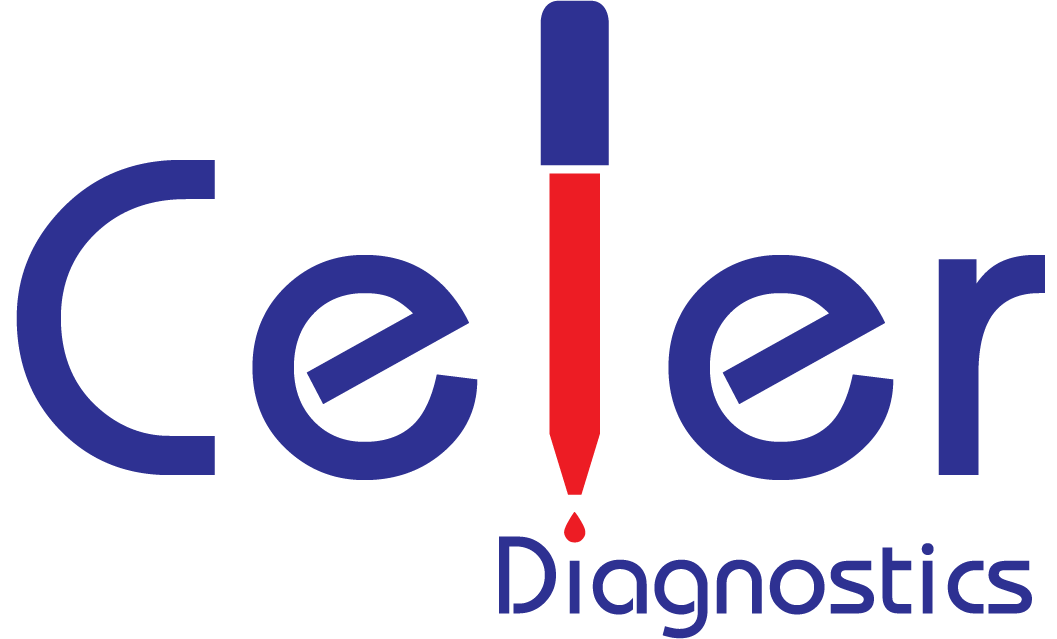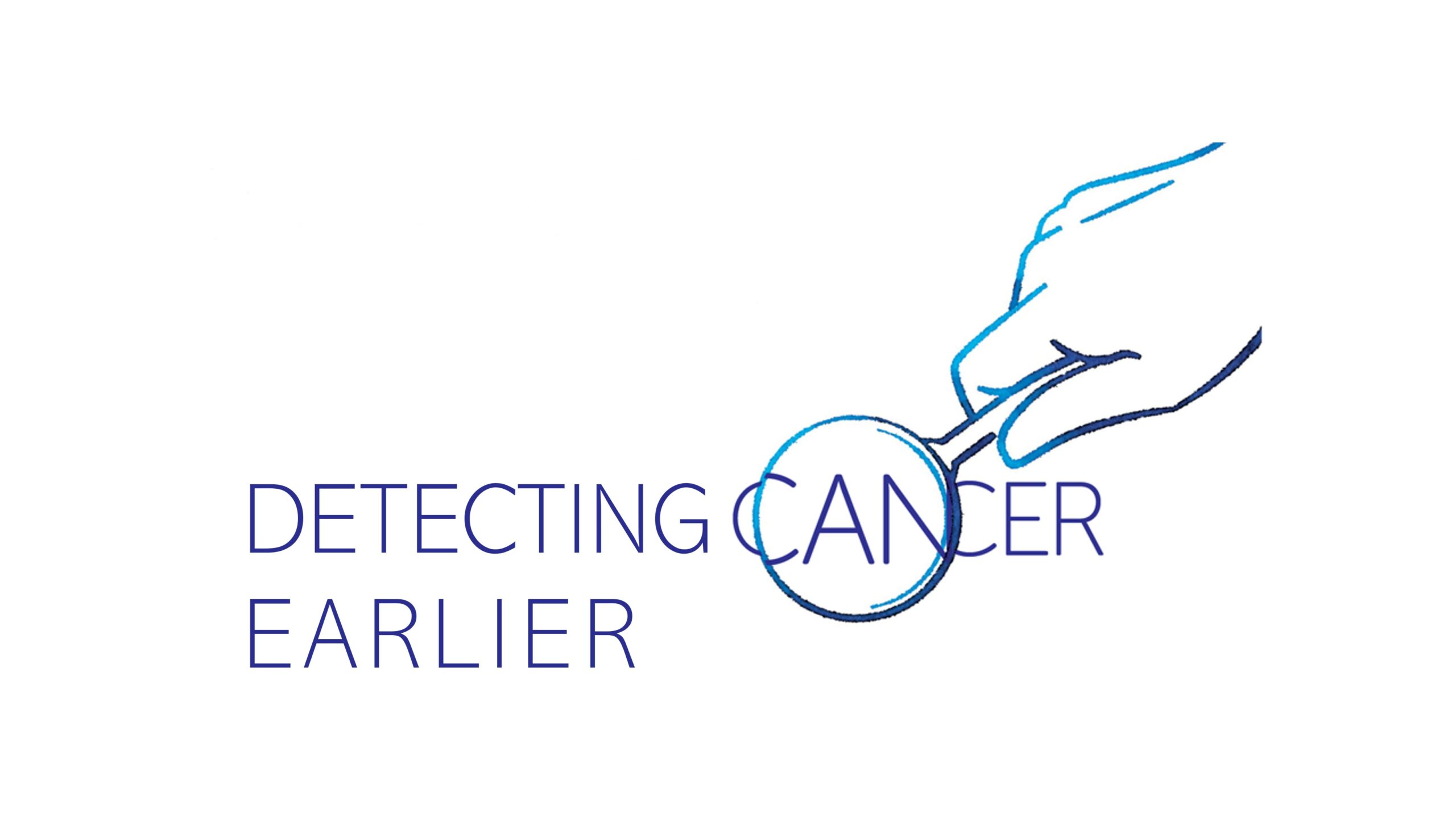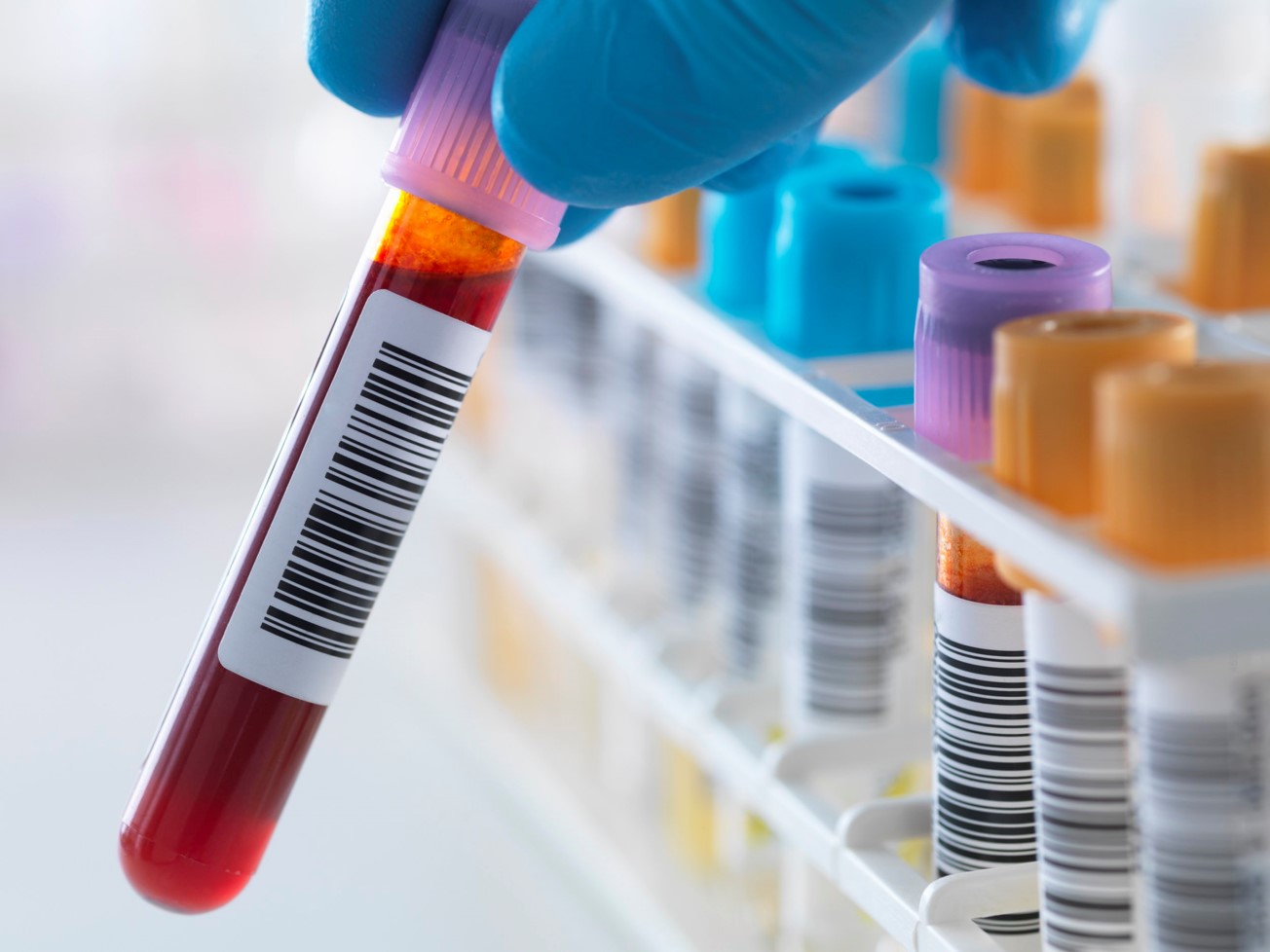Immunohistochemistry (IHC) is a technique that uses antibodies to detect specific proteins in tumor cells. There are varying opinions among doctors regarding the use of IHC images for detecting tumors and the method for overcoming this obstacle using liquid biopsy. IHC can assist in the diagnosis and classification of various types of cancer, as well as the prediction of prognosis and the direction of treatment decisions. However, there are some drawbacks to IHC, such as its high cost, lengthy procedures, and inconsistent interpretation [1,2].
The fact that different doctors might have different ideas about how to read and evaluate the images is one of the challenges of IHC. For instance, when determining whether a tumor cell is positive or negative for a particular protein, some physicians may employ distinct criteria or thresholds. Particularly in the case of borderline cases or rare subtypes of cancer, this can result in inconsistent or inaccurate results [3].

IHC presents additional difficulties because it requires a tumor tissue sample, which may not be easily accessible or representative of the entire tumor. The accuracy and dependability of IHC can be impacted by tumor heterogeneity, which means that different parts of the tumor may have distinct characteristics. Additionally, genetic mutations or treatment effects may cause tumor cells to change over time, which may not be reflected in a single tissue sample [3].
Liquid biopsy, a blood test that looks for signs of cancerous tumors like circulating tumor cells (CTCs) and circulating tumor DNA (ctDNA), could help with these issues. Liquid biopsy is faster, more dynamic, and less invasive than IHC, among other advantages. Liquid biopsy can monitor treatment response and resistance as well as the diversity and evolution of tumor cells [4,5].
Liquid biopsy isn’t yet generally utilized in clinical practice, yet it has shown promising outcomes in certain kinds of malignant growth, like a cellular breakdown in the lungs, bosom disease, and colorectal disease. Liquid biopsy can be used in conjunction with IHC to provide additional data that can assist physicians in making decisions for their patients that are more individualized and based on more accurate information [4,5].
Celer Diagnostics is a company that develops and provides cancer diagnostic kits based on liquid biopsy and extracellular vesicles. Liquid biopsy is a non-invasive method that uses biofluids such as blood, urine, or plasma to detect cancer biomarkers. Extracellular vesicles are small particles that carry information from the cells that secrete them and can be used to identify and classify tumors.
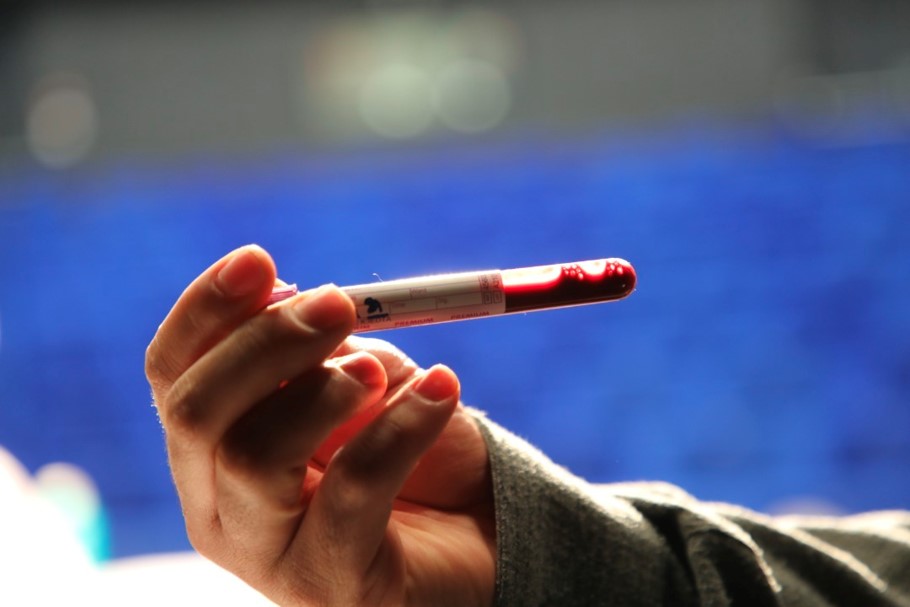
We at Celer Diagnostics claim that its kits can solve the challenge of detecting cancer at early stages, which can improve survival rates and treatment outcomes. Celer Diagnostics kits are fast, cost-effective, accurate, and reliable, and can detect more difficult tumors than conventional hematoxylin and eosin staining. Celer Diagnostics also says that its kits are safe and easy to use, and only require a small blood sample from the patient.
Celer Diagnostics now focuses on breast cancer detection, using markers in blood samples, which indicate cell proliferation.
References
- https://www.cancercenter.com/diagnosing-cancer/diagnostic-procedures/immunohistochemistry
- https://www.cancerquest.org/patients/detection-and-diagnosis/immunohistochemistry-ihc
- https://www.nature.com/articles/s41416-020-01122-x
- https://my.clevelandclinic.org/health/diagnostics/23992-liquid-biopsy
- https://en.wikipedia.org/wiki/Liquid_biopsy
